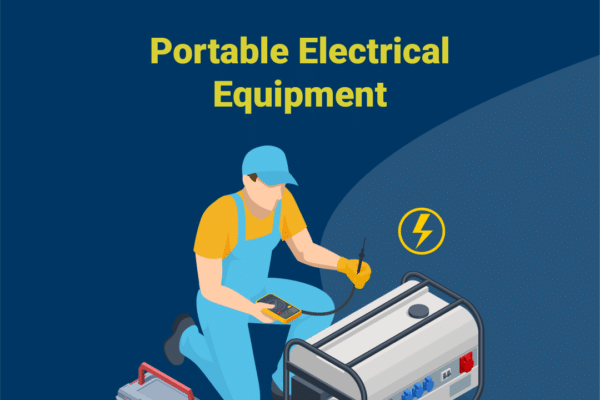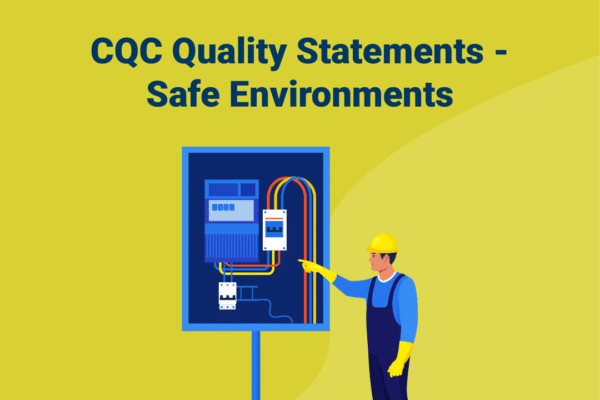Download our monthly H&S review for June on ‘Work-related violence’ from our partner, AfterAthena, here
DOWNLOAD NOW
Alternatively, read it here:
What is workplace violence?
The Health and Safety Executive define workplace violence as:
‘Any incident in which a person is abused, threatened or assaulted in circumstances relating to their work’
Examples of this can include:
- Name calling and other verbal abuse
- Staring at a person in a menacing manner
- Shouting at a person in an intimidating fashion
- Verbally threatening to injure/kill a person (or their friends and family)
- Physically jostling, pinching, scratching, punching or kicking a person
- An attack with a weapon, eg a knife or other instrument that could be used as a weapon
- Threatening a person with demotion or dismissal if they do not achieve a certain target, when they have no realistic chance to do so
As a care sector organisation, you should identify the risks to your employees from work-related violence.
Consider the following for your employees:
- Do you have face-to-face contact with customers?
- Do you deal with customer complaints or disputes?
- Do staff handle large amounts of cash?
- Is your organisation open in the evening, or late at night?
- Do you have lone workers or small numbers of staff?
- Do you sell high-value goods, including medicines, expensive merchandise or alcohol/tobacco?
- Do you sell age-restricted goods, and may have to refuse to serve customers who are under age or without ID?
- Is your organisation located in a high-crime area with previous experience of robbery, assaults or threats?
Using the experience of its members, the trade union UNISON has highlighted other scenarios that may increase the risk of violence and these include situations where you:
- Care for people who are ill, distressed, afraid, in a panic or on medication
- Associate with people who have a great deal of anger, resentment or feelings of failure
- Deal with people who have unrealistically high expectations of what an organisation can offer and who are seeking quick easy solutions to very long term and complex problems
- Deal with the friends and families of clients who may be concerned or feel inadequate in relation to the large organisation from which they are seeking help
- Work with people who have previously used violence to express themselves or achieve their needs
- Exercise power to restrict the freedom of individuals, e.g. in the case of an arrest
- Enforce legislation – e.g. EHOs, bailiffs, social workers
- Follow procedures which do not provide much information to clients about what is happening
- Work in places which are inhospitable to the public, e.g. no refreshments, inadequate seating and rest facilities
- Work under pressure created by increased workloads, staff shortages, and the absence of alternative support for the client
As with most other hazards in your workplace, they should protection for yourself and colleagues be subjected to suitable and sufficient risk assessment with suitable control measures being implemented. The following are some controls that may help to reduce the risk:
- Ensure staff abide by risk control measures introduced in response to the findings of a risk assessment on violence in the workplace
- Ensure staff adhere to the provisions of any in-house policy on preventing work-related violence
- Train your staff to recognise the early signs of aggression, and either avoid or cope with it
- Be clear about the steps staff need to take in the face of the threat of violence
- Identify clients with a history of violence and anticipate factors which might aggravate them and create the risk of violence
- Give regular information about delays to customers
- Keep the public out of staff areas
- Reduce the amount of cash handled in front of customers
- Bank money frequently and vary the route taken to reduce the risk of robbery
- Ensure staff are familiar with the use of any personal alarms, lone working devices or panic buttons, if any
- Make reference to information about any potentially violent clients that is shared by other agencies before visiting
- Check the credentials of clients and the place and arrangements for any meetings
- Be accompanied if having to meet a suspected aggressor at their home, or at a remote location. If a companion is not available, then the visit should be re-scheduled
- Avoid lone working situations or ensure you adopt appropriate procedures to give the necessary protection for yourself and colleagues
If you have any queries or are in need of specific Health & Safety advice, please use the contact form in the Health & Safety policy section of our system to contact a member of the AfterAthena team (part of the Napthens Group) who are able to offer your advice via email and a FREE virtual Health & Safety Audit.






